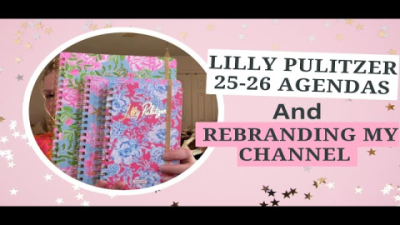I'll be honest with you - nothing makes me cringe more than driving through a neighborhood and seeing those stark, concrete foundations sticking out like sore thumbs. You know what I'm talking about, right? Those exposed block walls that make even the prettiest houses look... well, unfinished.
I've been there myself. When we first moved into our raised ranch five years ago, I used to avoid having friends over because I was so embarrassed by our foundation. It looked like we'd just given up halfway through building the house! But here's the thing - foundation skirting changed everything for us, and it can do the same for you.
Why Foundation Skirting Matters More Than You Think
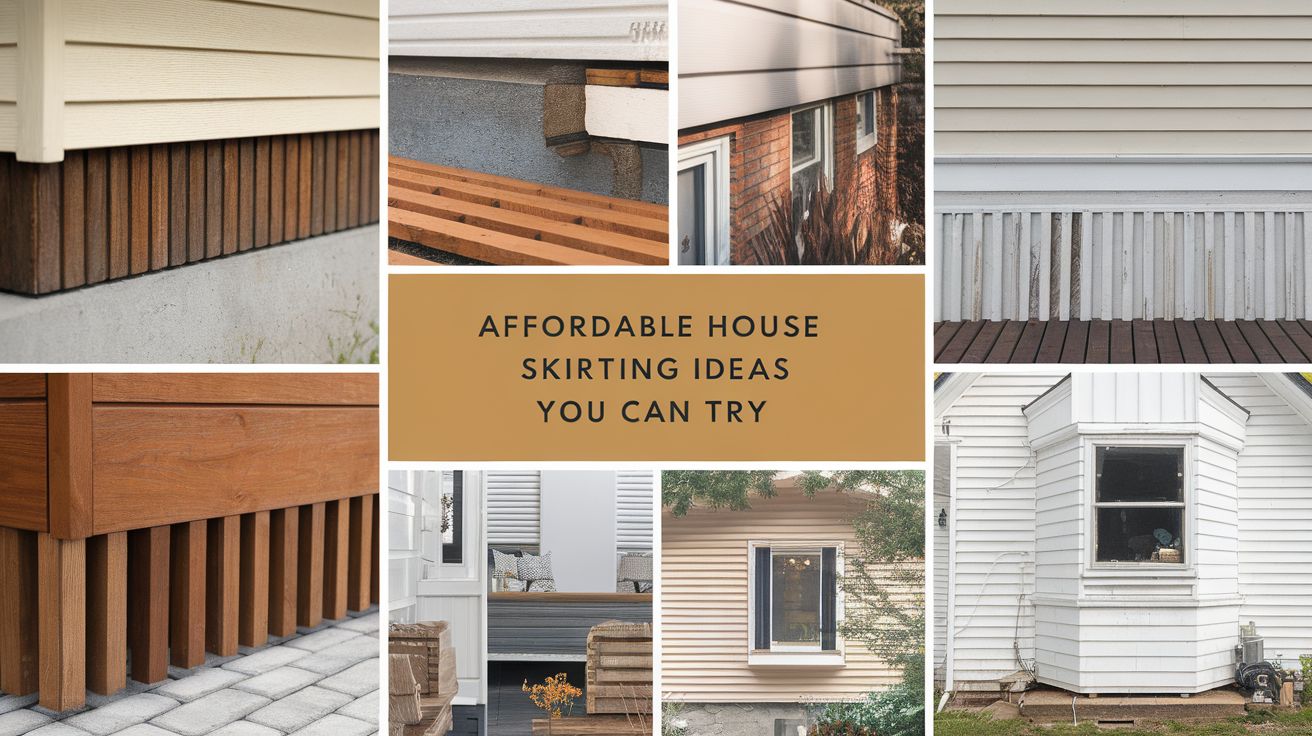
Look, I get it. Foundation skirting might not sound like the most exciting home improvement project. But trust me on this one - it's actually one of those rare projects that solves multiple problems at once. And honestly? The transformation is pretty dramatic.
When my neighbor Jerry first suggested we look into skirting options, I thought he was being overly picky. "It's just a foundation," I told him. Boy, was I wrong. Beyond just making your house look finished and intentional, proper skirting keeps moisture out, stops critters from moving in underneath (we had a family of raccoons take up residence one winter - not fun), and actually helps with energy costs.
The moisture thing is huge, especially if you live somewhere with real winters like we do here in the Midwest. Water gets under there, freezes, thaws, and before you know it you've got problems that cost way more than skirting ever would. My brother-in-law learned this the hard way when he had to deal with mold issues because he kept putting off this kind of basic protection.
Material Options That Actually Work
Okay, so here's where it gets interesting. There are tons of options out there, and honestly, some are better than others. I've tried a few different approaches over the years (yes, we've moved twice since that first house), and I've learned some things the hard way.
Lattice - The Classic Choice
Wooden lattice is probably what your dad used, and there's a reason for that. It works. Cedar and redwood are your best bets if you're going the wood route - they naturally resist bugs and moisture better than cheaper options. Pine lattice looks nice initially, but unless you're planning to stay on top of maintenance religiously, it's going to give you grief down the road.
I made the mistake of going with pine on our second house because it was so much cheaper. Two years later, I was replacing sections that had rotted out. Sometimes the cheap option costs more in the long run, you know?
The diamond pattern versus square grid thing is really just personal preference. Diamond feels more traditional to me, works great with older home styles. Square grid looks more modern, cleaner lines. Both do the job.
Vinyl and Composite - The Low Maintenance Winners
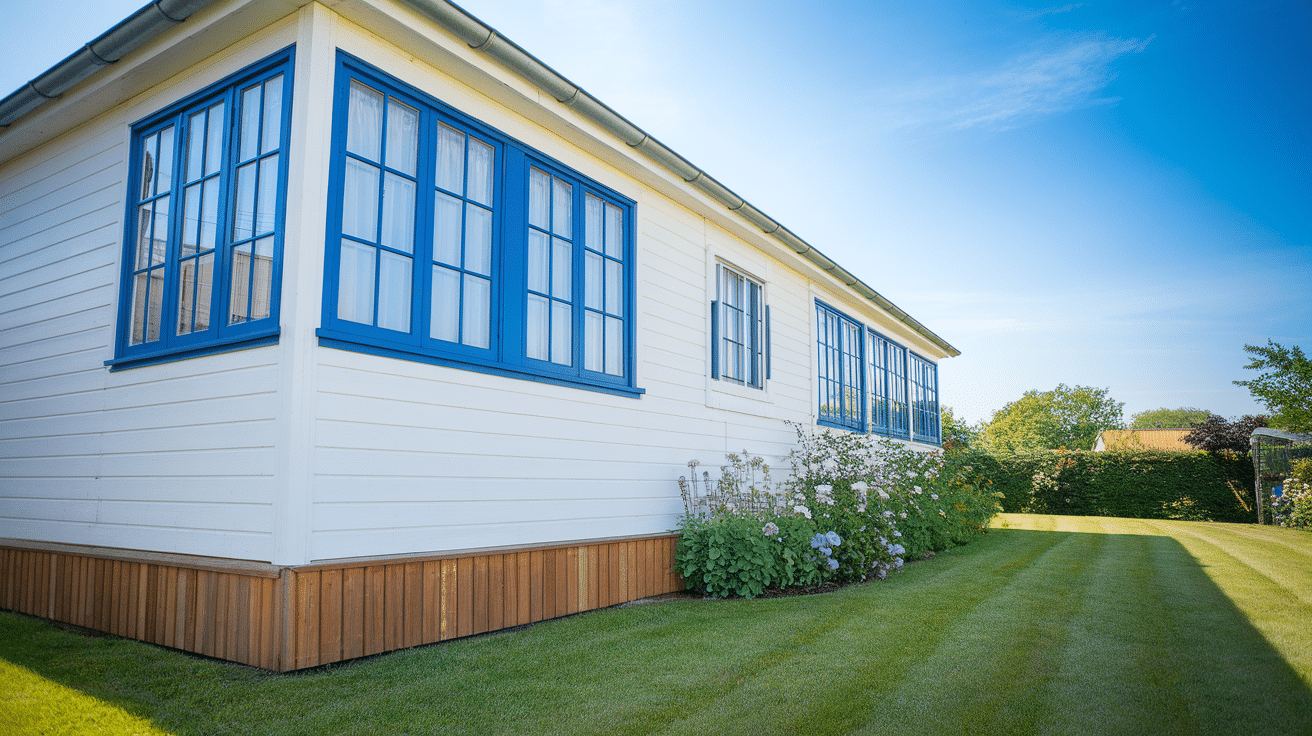
This is where I think most people should seriously look first. Yeah, the upfront cost is higher than basic wood lattice, but the peace of mind is worth it. Good vinyl skirting doesn't fade, crack, or need constant attention. And some of the newer stuff? You honestly can't tell it's not real wood unless you get right up close.
My current setup is a composite material that looks like cedar but will probably outlast the house itself. It cost about 40% more than wood would have, but I haven't touched it in three years except to spray it down with the hose occasionally. That's my kind of maintenance schedule.
One thing to watch out for though - cheap vinyl looks cheap. If you're going this route, spend a little extra for UV protection and realistic textures. Your neighbors will thank you.
Stone and Brick - When You Want to Go All Out
This is the premium option, no doubt about it. I've got a friend who went with stacked stone skirting, and it looks absolutely incredible. Really makes the whole house look more expensive and intentional. But we're talking serious money here - both for materials and installation.
If you've got the budget and you're planning to stay put for a long time, stone or brick skirting is probably going to add real value to your property. Just know what you're getting into cost-wise before you fall in love with the idea.
Creative Approaches That Actually Work
Here's where it gets fun. The basic "put up some lattice and call it done" approach works fine, but there are some really clever ways to make foundation skirting look like it was always meant to be there.
Working with Your Landscaping
This is my favorite approach, honestly. Instead of just covering up the foundation, you create planting beds that naturally hide it while adding beauty to your property. We did this at our current place - built raised beds along the foundation line and planted them with shrubs and perennials that look good year-round.
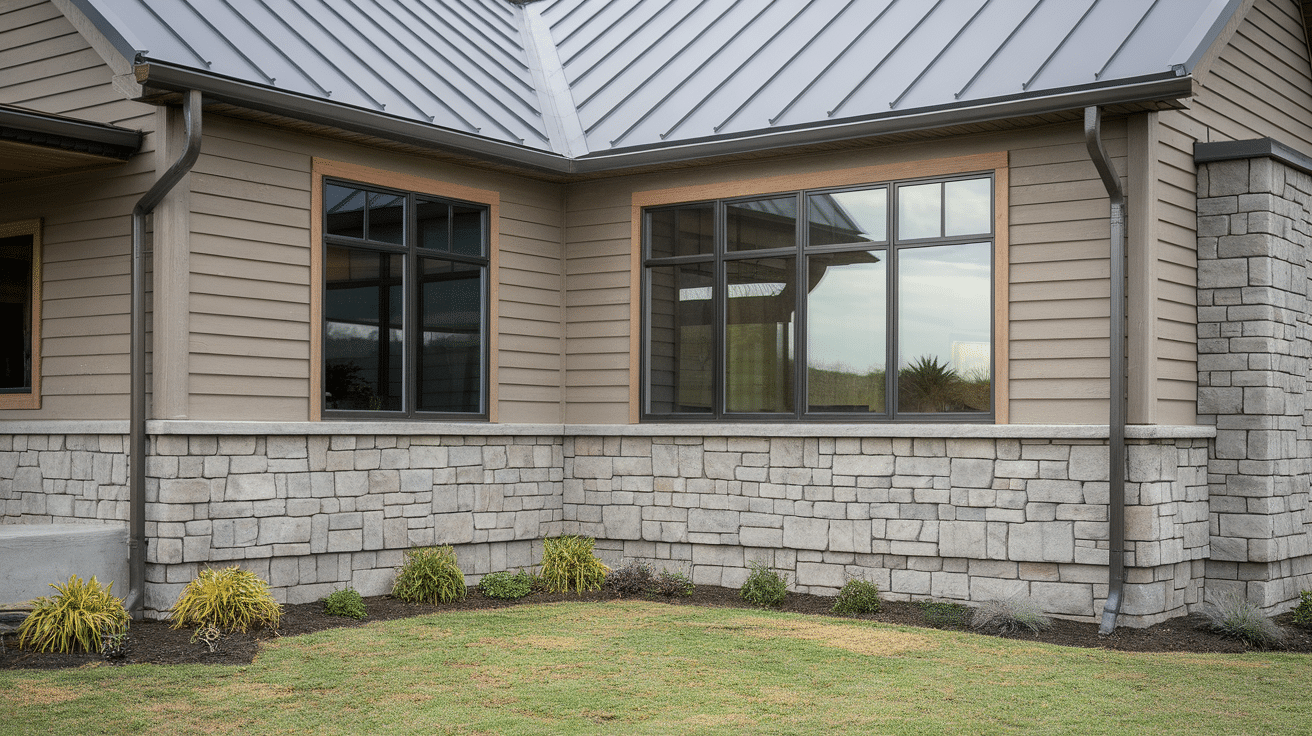
The trick is choosing plants that don't need a lot of fussing. Native plants are usually your best bet because they're adapted to your local conditions. We learned this lesson after killing about $ worth of plants the first year by choosing stuff that looked pretty in the nursery but couldn't handle our clay soil and harsh winters.
Terraced plantings work really well if you've got any slope to work with. Creates this layered look that draws your eye to the plants instead of whatever's underneath them.
Mixing Materials for Visual Interest
Some of the best-looking installations I've seen combine different materials. Maybe stone pillars with lattice sections between them, or alternating solid and open panels. It breaks up that monotonous look you get with one material running all the way around.
Color coordination matters more than you might think here. Everything doesn't have to match exactly, but it should feel intentional. We painted our lattice to match the house trim, and it made such a difference in making everything look cohesive.
Modern Approaches
If you've got a contemporary style house, traditional lattice might look out of place. Clean lines, simple materials - that's the way to go. Smooth concrete panels, metal screening, horizontal boards. Keep it simple but well-executed.
Installation Reality Check
Look, I'm pretty handy, but I'll be the first to tell you that some of this stuff is better left to professionals. Basic lattice installation? Sure, most people can handle that with some basic tools and a weekend. But anything involving masonry, extensive grading, or working around utilities? Call someone who knows what they're doing.
I tried to install stone veneer myself on our first house. Let's just say it didn't go well, and I ended up paying a professional to fix my mistakes anyway. Sometimes it's better to just start with the pro from the beginning.
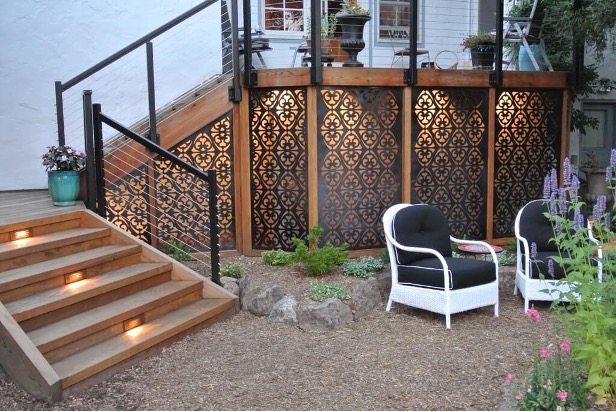
What It's Really Going to Cost You
Money talk - everyone wants to know but nobody wants to ask. Basic DIY lattice might run you $5- per linear foot if you do the work yourself. Mid-range vinyl or composite, maybe $15- per foot installed. High-end stone work? Sky's the limit, but figure $40- per foot isn't unusual.
Don't forget about the hidden costs though. Site prep, permits if you need them, dealing with utilities. And if your lot has any quirks - steep slopes, limited access, existing landscaping that needs work - those costs add up fast.
Is it worth it? In our experience, absolutely. Even the basic installations typically return 60-80% of what you put into them when you sell. But honestly, the day-to-day satisfaction of not being embarrassed by your foundation is worth something too.
Keeping It Looking Good
Different materials need different amounts of babying. Wood skirting, especially in tough climates, might need attention every year or two. Staining, sealing, replacing damaged sections. It's not terrible, but it's something to plan for.
Synthetic materials are much more forgiving. Annual cleaning, maybe checking that the ventilation openings haven't gotten clogged with leaves. That's about it for most installations.
The key thing is catching problems early. A small section of damaged lattice is easy to fix. Letting it go until water starts getting in and causing real problems? That's expensive.
Common Issues and How to Deal With Them
Murphy's Law applies to foundation skirting just like everything else in home ownership. Here are the problems I've run into (or seen neighbors deal with) and what actually works to fix them.
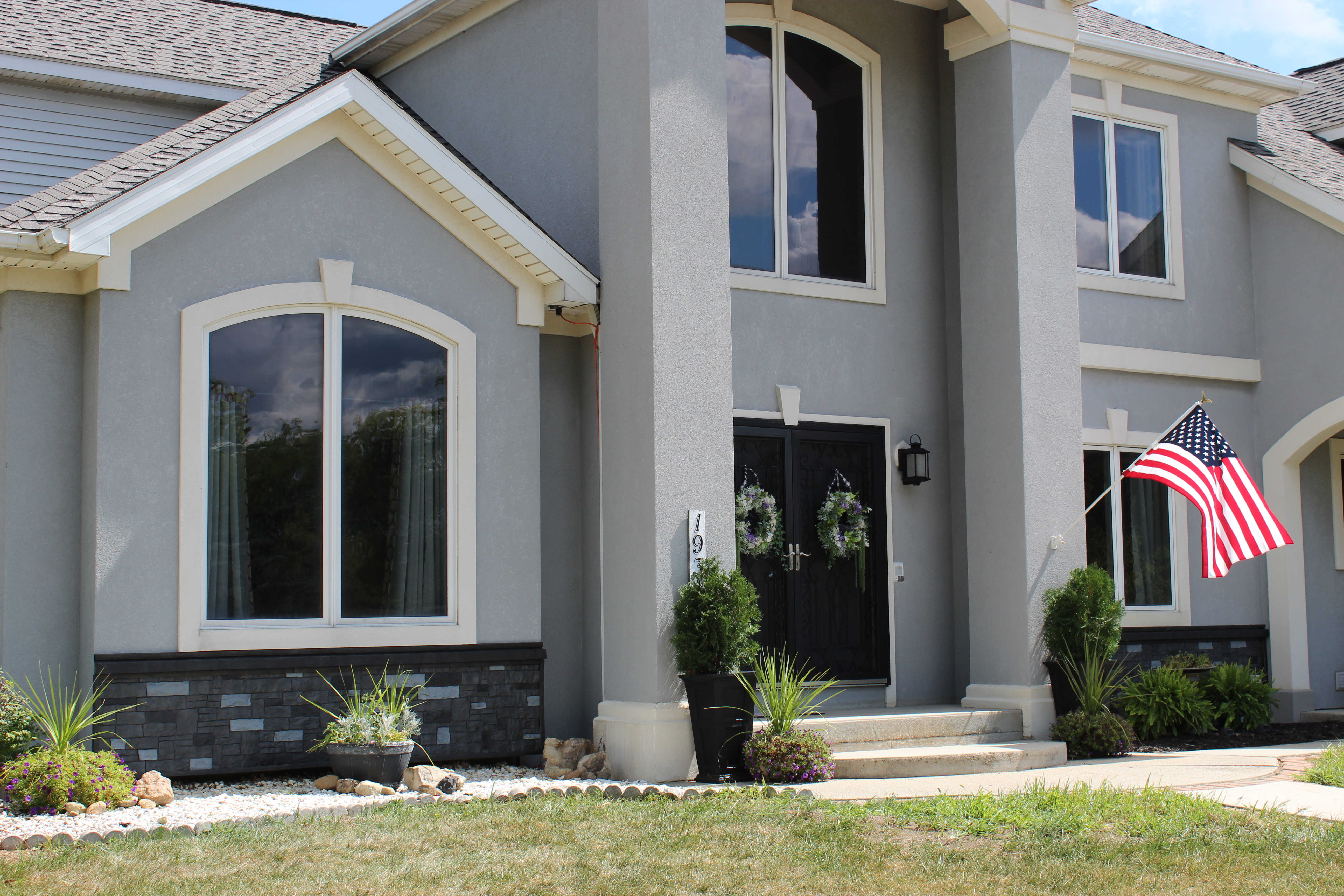
Moisture buildup is probably the most common issue. Usually means you don't have enough ventilation or water isn't draining away from the foundation properly. Adding vents or improving drainage usually takes care of it, but don't ignore it - moisture problems only get worse over time.
Animals getting in is another common one. Mice, cats, raccoons - they all think the space under your house looks like prime real estate. Check your installation regularly for gaps or damage, and fix problems promptly. Hardware cloth can provide extra protection in areas where this is an ongoing issue.
Working with Your Climate
Where you live makes a big difference in what materials and methods work best. I've lived in three different climate zones, and each presented different challenges.
Cold climates are tough on everything. Freeze-thaw cycles can crack materials and shift foundations. Make sure whatever you choose is rated for your temperature extremes, and allow for expansion and contraction in your installation.
Hot, dry climates have their own issues. UV damage, thermal expansion, materials getting brittle. Light colors help, and UV-resistant materials are worth the extra cost.
High humidity areas need materials that won't rot or corrode, plus extra attention to ventilation. Learned this one the hard way during a stint in the Southeast.
Making It Look Like It Belongs
The difference between skirting that looks like an afterthought and skirting that looks like it was always meant to be there usually comes down to the details. Matching or complementing your existing siding helps a lot. So does paying attention to proportions - skirting that's too heavy for the house looks weird, but so does skirting that's too minimal for a large structure.
Trim work and architectural details can make a huge difference. Sometimes it's the little touches - matching the hardware, coordinating the colors, adding some decorative elements - that take a basic installation and make it look custom.
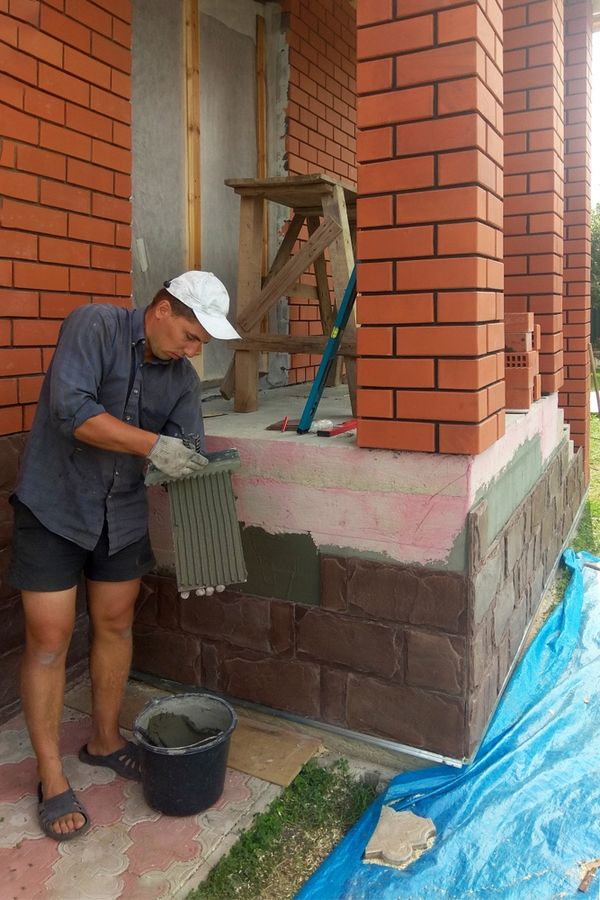
Frequently Asked Questions
How much space should I leave between the skirting and the ground?
Most codes want 6- inches, and there's good reason for that. Gives you drainage, prevents moisture problems, allows for ground movement. Don't cheat on this one.
Can I do this on a sloped lot?
Absolutely, but it takes more planning. Stepped installations work well for steep slopes. Gradual slopes can usually be handled with adjustable mounting systems. Just takes more thought upfront.
Do I need permits?
Depends on where you live and what you're doing. Basic cosmetic skirting usually doesn't require permits. Anything involving electrical, major grading, or structural changes probably will. Check with your local building department - better safe than sorry.
How do I get to utilities under there?
Plan for removable access panels near utility connections and at regular intervals. Make them blend in but keep them accessible. You'll thank yourself later when you need to get in there for maintenance.
What works best near the ocean?
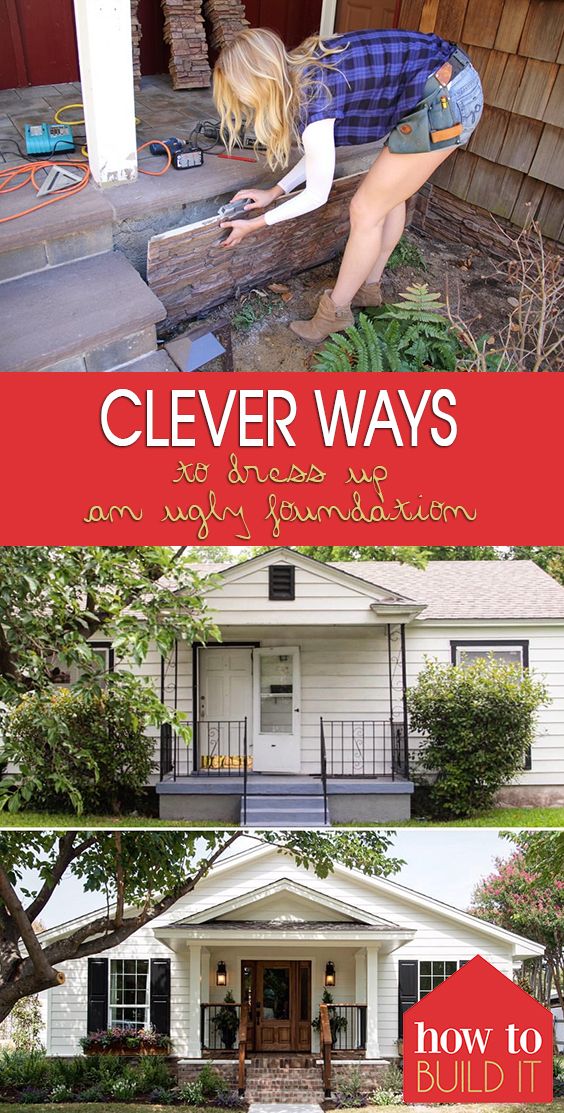
Salt air is brutal on materials. Vinyl, aluminum, and good composite materials generally hold up better than wood. Ventilation becomes extra important with all that humidity.
Foundation skirting isn't the most glamorous home improvement project, but it's one of those things that makes a real difference in how your property looks and functions. Whether you go simple or elaborate, the key is choosing materials and methods that work for your specific situation and budget.
Take it from someone who's been through this process a few times - it's worth doing right the first time. Your future self will thank you, and your neighbors will probably ask for the name of your contractor.



